Fleas, those tiny blood-sucking pests that can turn our beloved pets into scratching machines, are a common nuisance for pet owners. These minuscule insects belong to the order Siphonaptera and feed on the blood of warm-blooded animals, including dogs, cats, and even humans. Fleas have a remarkable ability to jump long distances thanks to their strong hind legs.
This enables fleas to bite people or for them to effortlessly move between hosts or leap onto unsuspecting victims passing by. When it comes to habitats, fleas are quite adaptable and can be found in various environments.
While they prefer warm and humid conditions, fleas can still survive in cooler climates as well. Common flea hiding spots include grassy areas in gardens or parks where pets frequently roam, sandy patches near beaches, wooded areas with leaf litter, and cozy carpets inside our homes.
Overview of flea life cycle and reproduction
To effectively combat these pesky invaders, it’s essential to understand their life cycle. Fleas undergo a complex four-stage life cycle: egg, larva, pupa, and adult.
Understanding the different stages is crucial for effective treatment. It all starts when adult female fleas lay eggs on their host (usually your furry friend).
These tiny white eggs quickly fall off into the environment – your home or yard – where they hatch into larvae within two days. The larvae then feed on organic debris like flea feces or dead skin cells for about two weeks before spinning protective cocoons called pupae.
Inside these cocooned shells lies another challenge for pet owners: an advanced stage called the pupal stage. Here, fleas develop before they emerge as fully grown adults ready to unleash havoc once again.
It’s important to note that during this stage they are resistant to many traditional pest control methods. The entire flea life cycle, from egg to adult, can range from a couple of weeks to several months depending on environmental conditions.
This prolonged life cycle can make it difficult to get rid of fleas entirely without comprehensive and consistent efforts. Now that we have a basic understanding of what fleas are and how they reproduce, let’s explore the telltale signs of a flea infestation and how to identify them accurately.
Identifying a Flea Infestation
Recognizing signs of flea presence on pets and in the home
When it comes to identifying a flea infestation, awareness is key. The first sign is often noticing your pets incessantly scratching or biting themselves. Fleas are tiny, agile insects that feed on the blood of animals, causing discomfort and irritation.
If your furry friend is exhibiting these behaviors, there’s a high chance they have become hosts to these pesky intruders. Another telltale sign of fleas on pets is hair loss or redness around their necks, bellies, or hind legs due to incessant scratching.
Keep an eye out for small black specks resembling dirt that may be present in their fur; this could be “flea dirt,” which is actually dried blood left behind by fleas. It’s not just our beloved pets who suffer; fleas can invade our homes as well.
You may notice small black dots resembling pepper flakes on your pet’s bedding or your own furniture – these could be adult fleas or flea eggs waiting to hatch. Additionally, if you wake up with itchy bites on your body that you can’t attribute to mosquitos or other critters, it’s worth investigating whether you have an infestation on your hands.
Conducting a thorough inspection for fleas and their eggs
To confirm the presence of fleas in your home, start by examining the areas where your pets spend most of their time – their bedding, favorite resting spots, and any carpeted areas they frequent. Grab a flea comb (a fine-toothed comb specifically designed to catch fleas) and run it through their fur while holding a white cloth underneath. Look closely at any debris that falls onto the cloth – if you notice small black specks or tiny hopping insects amidst the fur, you’ve got fleas.
Next, grab a spray bottle filled with a solution of warm water and dish soap. Spritz this mixture onto any suspicious black specks on your pet’s bedding or furniture.
If the specks turn reddish-brown or leave behind a rusty streak, it’s an indication of flea dirt containing digested blood. This confirms the presence of fleas in your home.
To further investigate, put on a pair of white socks and walk around the house for a few minutes. Pay attention to whether any tiny insects jump onto your socks – these could be immature fleas residing in your carpets or rugs.
If you’re still uncertain about the extent of the infestation, consider using a steam cleaner on your carpets and upholstery as heat can effectively destroy fleas and their eggs. Remember that steam cleaning alone won’t eliminate all stages of flea development, so it should be combined with other control methods.
By recognizing signs such as excessive scratching in pets and inspecting areas where they spend most of their time for evidence like flea dirt or hopping insects, you can promptly address and control flea infestations in your home. Stay vigilant throughout this process to eradicate these unwelcome guests from both your pets’ comfort zones and your living space.
Treating Pets for Fleas
Choosing the Right Flea Treatment Product for Your Pet’s Needs
When it comes to treating your furry companion for fleas, one size definitely does not fit all. Each pet has unique needs, and it’s crucial to select a flea treatment product that is safe and effective for your specific pet. There are various options available in the market, such as topical treatments, oral medications, shampoos, and collars.
It’s advisable to consult with your veterinarian to determine which product is best suited for your pet based on factors like their size, breed, age, and overall health. One of the most popular flea treatment options is topical treatments that are applied directly onto your pet’s skin.
These products usually come in small vials or tubes and contain medicated liquids that kill fleas on contact. They often provide protection by killing fleas and other parasites like ticks as well.
Oral medications are another effective alternative which can be given as tablets or flavored chewables. They work by circulating through your pet’s bloodstream and killing fleas when they suck blood.
Step-by-Step Guide to Applying Topical or Oral Treatments on Pets
Applying flea treatments may seem intimidating at first but fear not – it’s a simple process that you can easily master with some patience and care. Here’s a step-by-step guide to help you through the process:
1. Start by reading the instructions provided by the flea shampoo manufacturer carefully.
2. Ensure that you have the appropriate dosage for your pet’s weight.
3. If using a topical treatment, part your pet’s fur between their shoulder blades or along their back (specific placement varies depending on product instructions).
4. Squeeze out the liquid gently onto their skin using steady pressure while avoiding contact with eyes or mouth.
5. For oral medications, offer them as directed – either mixed with food or given directly.
6. Encourage your pet to stay still for a few minutes to allow the treatment to absorb, and prevent them from licking it off.
7. Be sure to dispose of any packaging safely, as some treatments can be harmful if accidentally ingested by children or other animals.
Remember, consistency is key when it comes to flea treatments. Follow the recommended schedule provided by your veterinarian and continue treatment for the specified duration even if you no longer see fleas on your pet.
This is important because fleas have a complex life cycle including eggs and larvae that may still be present in your home environment. By choosing the right pet treatment product and applying it correctly, you’re taking an essential step towards protecting your beloved pet from pesky fleas and preventing future flea infestations in your home.
Eliminating Fleas from the Home Environment
Vacuuming Techniques: A Powerful Defense Against Fleas
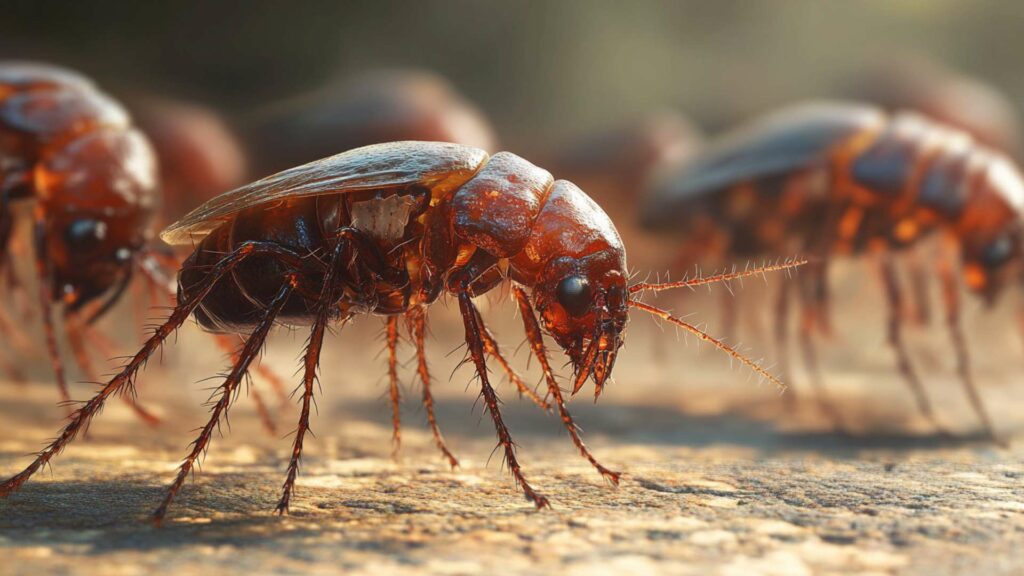
When it comes to combating fleas, one of the most effective weapons in your arsenal is a trusty vacuum cleaner. These pesky critters love to set up camp in the cozy fibers of your carpets, furniture, and bedding.
By diligently vacuuming these areas, you can actively remove adult fleas, eggs, and even those sneaky flea larvae that hide within your home. To ensure maximum flea elimination, pay close attention to areas where your pet spends most of their time.
Start by thoroughly vacuuming the edges of rooms and along baseboards where fleas like to congregate. Don’t forget to use the nozzle attachment or crevice tool to reach tight spaces under furniture and between cushions.
Be thorough and methodical in your approach; remember that a single missed spot could provide refuge for those cunning fleas. After each vacuuming session, dispose of the collected debris promptly.
Seal it tightly in a plastic bag before discarding it outside your home. This prevents any surviving fleas from making their way back inside.
Hot Water Laundering: A Fiery End for Fleas
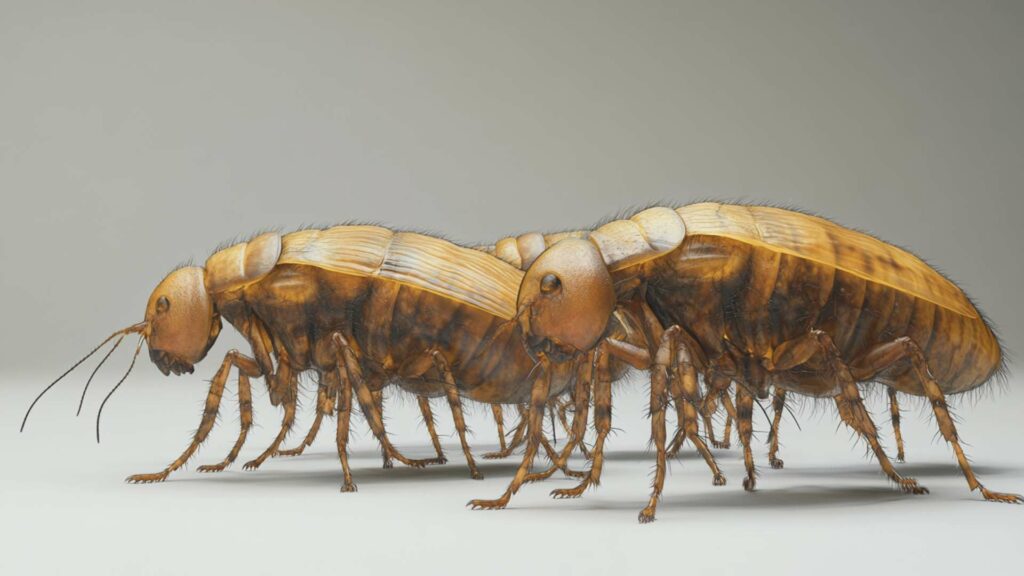
While vacuuming effectively removes adult fleas from various surfaces, it does little against their eggs and larvae hidden deep within fabrics like pet bedding or household linens. This is where hot water laundering comes into play as a crucial step in eradicating fleas from your home environment. Gather all washable items that have come into contact with infested areas—pet bedding, blankets, cushion covers—and toss them into the washing machine on its highest temperature setting (check care labels first!).
The blisteringly hot water will kill not only adult fleas but also their stubborn eggs and larvae. Ensure you follow up with a thorough drying cycle, using high heat if the fabric allows.
The intense heat acts as a final blow to any surviving fleas, leaving you with clean, flea-free fabrics. By diligently vacuuming and practicing hot water laundering techniques, you’re taking significant steps toward banishing the flea population from your home.
Remember to repeat these steps regularly until all signs of infestation are gone. So go ahead and let your vacuum roar like a mighty lion while hot water turns into a fiery battleground against those persistent fleas—before you know it, your home will be a peaceful haven once again!
Natural Remedies for Flea Control
Essential Oils: Nature’s Flea Repellents
Subtropical climates, where fleas thrive, have long provided a rich tapestry of botanical wonders to combat these pesky critters. Essential oils like lavender and eucalyptus are renowned for their fragrance, but did you know they can also repel fleas naturally?
These oils contain compounds that irritate fleas and disrupt their sensory organs, making them think twice before hopping onto your furry companions or invading your humble abode. To utilize the power of essential oils as a natural flea repellent, dilute a few drops in water or carrier oil (such as almond or coconut oil) and apply it to your pet’s collar or your pet bedding.
Alternatively, mix a few drops with water in a spray bottle and lightly spritz areas prone to infestation, such as pet beds and carpets. Not only will your home be filled with delightful aromas, but you’ll also create an unwelcome environment for those blood-sucking pests.
DIY Flea Repellent Sprays: Simple yet Effective
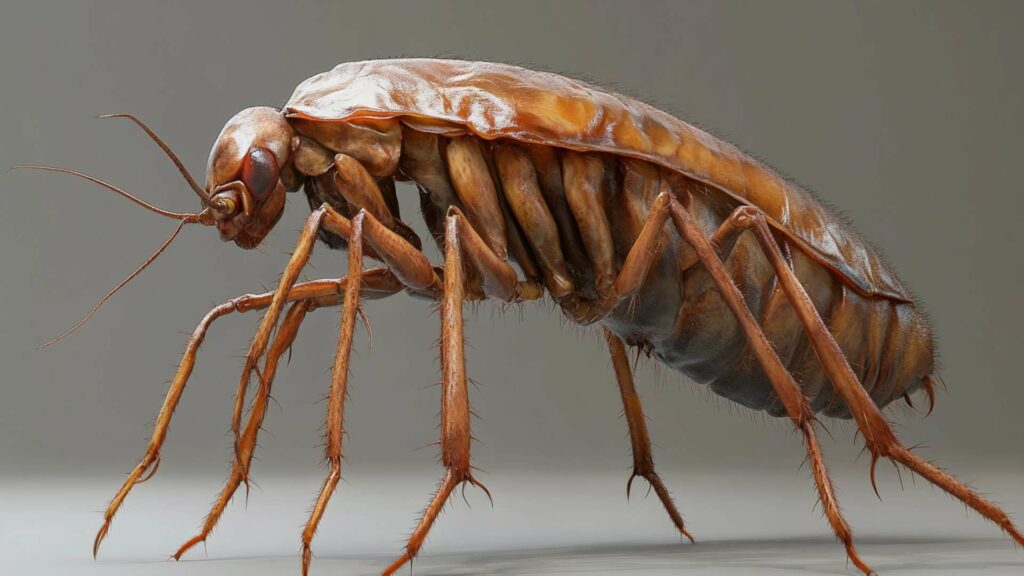
When it comes to battling fleas naturally, household staples like vinegar and lemon juice can be surprisingly effective allies. Both substances act as natural flea repellents due to their acidic properties that interfere with the pests’ internal pH balance.
By creating an unfavorable environment for fleas, these homemade concoctions can help keep your pets and home flea-free. For a simple flea spray recipe, combine equal parts vinegar (preferably apple cider vinegar) and water in a spray bottle.
Lightly mist this solution onto your pet’s fur after grooming sessions or use it as a household spray on areas frequented by pets. The smell may not be appealing to humans either but rest assured that it will dissipate quickly while leaving behind an inhospitable environment for fleas.
Another effective DIY option is a lemon juice spray. Extract the juice from several lemons and mix it with an equal amount of water.
Similar to the vinegar solution, apply this mixture to your pets’ collars or bedding, and areas where fleas are likely to hide. The natural acidity of lemon juice will work its magic while leaving behind a refreshing citrus scent.
Remember, while these natural remedies can assist in repelling or controlling fleas sometimes, they might not completely eradicate an existing infestation. For severe flea problems, it’s advisable to consult a professional or explore other comprehensive solutions.
Next Steps: Taking Control of the Situation
Now that you’re armed with knowledge about these natural alternatives to combat fleas, it’s time to put them into action. Remember that consistency is key when using essential oils and DIY sprays for flea control. Regularly reapply these mixtures on your pet’s bedding and favorite spots around the house to maintain their efficacy.
However, it’s important to note that preventing flea infestations also involves keeping your home clean and maintaining proper pet hygiene practices. Regularly launder your pet’s bedding at high temperatures and vacuum all areas where adult fleas or eggs may be lurking – carpets, furniture, curtains – paying extra attention to corners and crevices where juvenile fleas tend to hide.
Take proactive measures for long-lasting results by combining natural remedies with preventive measures such as regular grooming sessions using quality flea treatments or oral medications prescribed by your trusted veterinarian. By adopting a holistic approach in tackling flea infestations, you can restore peace and comfort both for yourself and your beloved pets.
Professional Pest Control Options
When to Consider Hiring a Professional Exterminator for Severe Infestations
Dealing with a flea infestation can be an arduous task, especially if the problem has escalated to severe levels. While there are many effective DIY methods available, there are instances when it becomes necessary to seek the expertise of a professional exterminator.
So, when should you consider calling in the pros? One key indication is the persistence of the infestation despite your best efforts.
If you’ve diligently followed all recommended steps to control fleas but continue to find them in large numbers on your pet and within your home, it’s time to bring in reinforcements. Additionally, if you or your pets are experiencing severe allergic reactions or persistent health issues due to flea bites, professional intervention may be necessary.
Overview of Different Pest Control Methods Used by Professionals
Professional pest control companies employ various methods and techniques tailored to eliminate flea infestations effectively. Here are some common approaches they may employ to treat fleas:
1. Insecticides: Professionals have access to potent insecticides that specifically target fleas at different stages of their life cycle. These insecticides often contain ingredients like pyrethroids or pyrethrins that effectively kill adult fleas upon contact.
2. Insect Growth Regulators (IGRs): IGRs work by disrupting the fleas’ reproductive cycle, preventing eggs and larvae from developing into adults capable of reproducing further. This method helps break the cycle and reduce future flea infestations.
3. Steam Treatment: Steam cleaning is an effective way to eliminate fleas from carpets, upholstery, and other fabric surfaces as well as cracks and crevices where they may hide. The high temperatures produced by steam cleaners kill fleas at all stages of their life cycle.
4. Fumigation: In severe cases where the infestation has spread extensively throughout the house, professionals may recommend fumigation. This involves sealing off the property and using gaseous insecticides to eradicate all fleas and their eggs. It’s important to note that professional pest control methods should always be carried out by trained and licensed exterminators to ensure safety for both humans and pets.
Be sure to discuss options with the professionals, as they will tailor their approach based on the severity of your specific situation, ensuring effective flea eradication while minimizing any potential risks or side effects. Remember, by enlisting professional help when necessary, you can regain control over your space and provide a safe environment for both you and your beloved pets.
Tips for keeping your pets protected from fleas year-round
Regular Grooming: A Flea’s Worst Nightmare
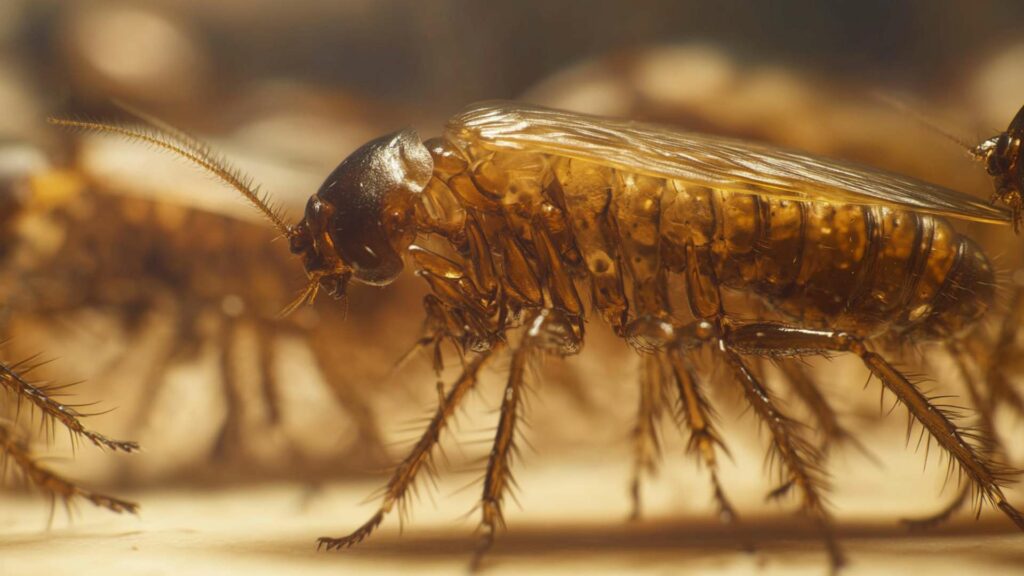
Regular grooming is not only a pleasant bonding activity with your furry companions but also an effective line of defense against fleas. Brushing your pet regularly helps to remove any lurking fleas, flea eggs, or flea dirt (which are actually flea droppings).
While brushing, pay close attention to areas where fleas tend to hide, such as behind the ears, around the neck, and along the tail. Daily grooming allows you to monitor any signs of infestation like hair loss or excessive scratching, enabling you to take prompt action.
Preventive Medications: The Flea Fighter’s Shield
To protect your pets from these tiny bloodsuckers year-round, it is crucial to use preventive medications. Consult your trusted veterinarian about suitable oral or topical treatments that best suit your pet’s needs. Oral medications often provide long-lasting protection by killing adult fleas and preventing their eggs from hatching.
Topical treatments are applied directly to the skin and are particularly effective in repelling and killing fleas upon contact. These preventive measures not only safeguard your furry friends but also minimize the risk of recurring infestations in your home.
Maintaining a clean home environment to discourage flea re-infestation
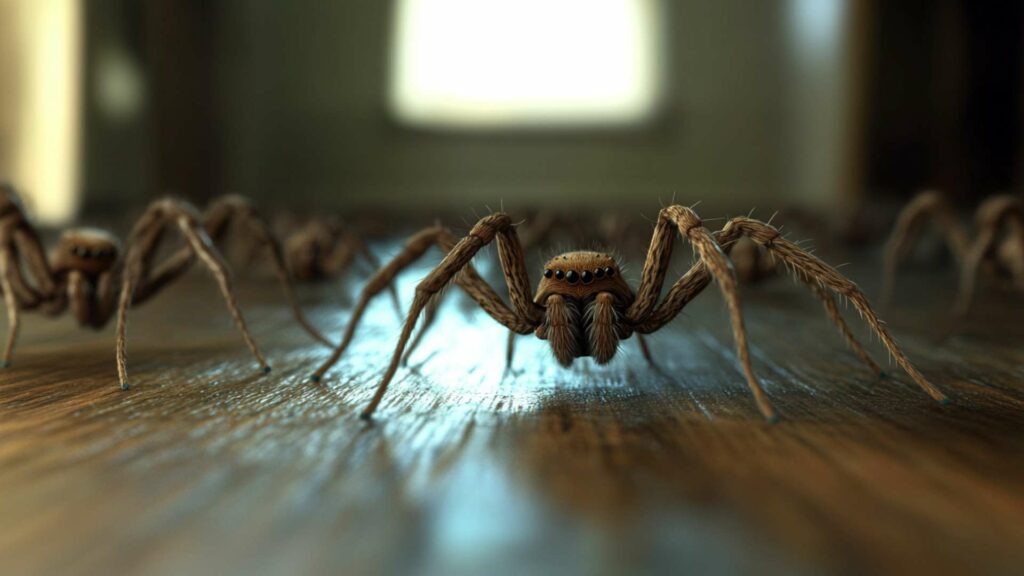
Cleaning Up after Fido: The Battle Against Flea Eggs
Remember that preventing fleas goes beyond just treating pets; maintaining a clean home environment is vital too. Start by washing all of your pet’s bedding regularly in hot water with dish soap—a few drops of soap can work wonders in eliminating those stubborn flea eggs.
Don’t stop there! Vacuuming frequently is another crucial step in ensuring a flea-free living space.
Pay extra attention to carpets, throw rugs, and upholstered furniture as fleas often lay eggs in these cozy spots. After vacuuming, dispose of the vacuum bag immediately to prevent any potential flea escapees.
Flea-Free Zone: Keeping Your Home Clean and Unattractive to Fleas
Creating an environment that is unwelcoming to fleas is key to preventing re-infestations. Start by decluttering your living areas, as fewer hiding places mean fewer opportunities for fleas. Regularly mop hard floors with a mixture of water and dish soap, as fleas hate the smell of soap.
If you have outdoor pets or suspect an infestation in your yard, consider using insect growth regulators (IGRs). IGRs are substances that disrupt the flea life cycle by preventing larvae from developing into adult fleas.
Additionally, using flea collars on your pets can act as a deterrent for these pesky critters in your home. By following these tips to keep your pets protected from fleas year-round and maintaining a clean home environment, you can significantly reduce the chances of experiencing future flea infestations.
Remember, prevention is always better than dealing with an onslaught of these persistent parasites later on. Stay vigilant, stay clean, and keep those fleas at bay!
Fascinating Facts About Fleas
Interesting Trivia about the Biology and Behavior of Fleas
Did you know that fleas belong to the order Siphonaptera, which literally means “wingless siphon”? This name perfectly describes their unique anatomy, as fleas have flattened bodies that lack wings but possess a specialized mouthpart called a siphon that allows them to suck blood from their hosts.
Speaking of feeding, fleas are renowned for their ability to consume up to 15 times their body weight in blood each day! These tiny creatures are true champions of survival, as they can live for several months without a meal.
Fleas are known for their incredible jumping abilities. In fact, they can jump up to 150 times their own body length!
This means that if humans had the same leaping capacity proportionally, we could effortlessly clear buildings in a single bound. This remarkable jumping prowess enables fleas to move between hosts and navigate obstacles with astonishing agility.
While most people associate fleas with household pets like cats and dogs, these ectoparasites are not picky when it comes to choosing a host. They can infest diverse animals such as rabbits, rats, mice, squirrels, and even birds.
The flexibility of their diet is partly why flea infestations can be challenging to control since treating one pet may not eradicate the problem entirely. Therefore, it’s crucial to address all potential hosts when tackling an infestation.
Unusual Historical Anecdotes Involving Fleas
The history books hold fascinating tales involving these minuscule bloodsuckers. One notable example dates back to the year 165 AD when Roman Emperor Marcus Aurelius used fleas as an unusual form of entertainment during his gladiatorial games held at Rome’s Colosseum.
He released bags filled with fleas onto the arena floor, causing chaos among the spectators as they desperately tried to fend off the biting insects. While this may seem cruel and unusual today, it serves as a testament to both the resourcefulness and sheer audacity of ancient Roman entertainment.
Another peculiar historical incident involving fleas occurred during the 14th century in Paris. At a time when bed bugs were rampant, some resourceful Parisians discovered an unconventional method of combating these pests: flea circuses.
They trained fleas to perform various tricks, such as pulling tiny chariots or playing minuscule musical instruments. These bizarre spectacles not only entertained audiences but also served as a means of pest control, as all the fleas used in these performances were carefully selected to be free from parasites themselves.
Intriguingly, even renowned scientists have been captivated by fleas throughout history. The famous naturalist Charles Darwin conducted experiments on flea behavior and co-authored a publication titled “The Descent of Man,” which explored evolutionary theories inspired by his observations of flea infestations on domesticated animals.
This goes to show that even seemingly insignificant creatures like fleas can offer valuable insights into the natural world. Fleas may be pesky parasites that wreak havoc on our beloved pets, but they have also played unexpected roles throughout history and continue to fascinate us with their remarkable biological adaptations and behaviors.
Conclusion
Dealing with a flea infestation can be a challenging and frustrating experience. However, armed with the right knowledge and tools, you can successfully eradicate these pesky parasites from your home and protect your pet by grooming your furry friend from their itchy bites.
Throughout this article, we have explored various aspects of tackling a flea infestation. We started by understanding the life cycle of fleas and how to identify their presence in our homes.
We then delved into treating both our pets and the environment to ensure effective elimination of these blood-sucking insects. When it comes to treating pets for fleas, we learned about the different options available such as topical or oral medications.
Additionally, we explored natural remedies like essential oils and homemade sprays that can help repel fleas without using harsh chemicals. To eliminate fleas from the home environment, we discussed thorough vacuuming techniques, washing pet bedding at high temperatures, and even utilizing professional pest control services for severe flea infestations stem well.
Prevention was also highlighted as an important aspect in order to avoid future flea problems. It’s worth mentioning that while dealing with a flea infestation can be daunting, taking immediate action is crucial in preventing further spread of these insects.
So don’t delay – arm yourself with knowledge on what to do if you have a flea infestation and take control of the situation today! Remember that your furry friend relies on you to keep them safe and comfortable.
By following the tips outlined in this article, you’ll not only get rid of fleas but also protect your pet from potential allergic reactions caused by their bites. With persistence and patience, you can conquer this challenge and bring peace back into your home – free from those tiny but troublesome parasites!
Get rid of fleas using D-Termination: Las Vegas’ top pest control service!

If you’re grappling with flea issues on your Las Vegas property, turn to D-Termination for assistance. Our skilled team is dedicated to eradicating flea infestations and restoring tranquility to your environment. Bid farewell to fleas by selecting D-Termination for efficient pest management now!
Reach out to us at 702-919-6310 or visit dtermination.com to schedule your flea control service and take back your space from these troublesome pests.
Frequently Asked Questions:
Quick ways to get rid of fleas in your house include using flea sprays, vacuuming regularly, washing pet bedding, and treating your pets for fleas.
If you’re infested with fleas, start by cleaning your home thoroughly, washing your pets, and using flea control products.
The time it takes to eliminate a flea infestation can vary, but it often takes several weeks of consistent treatment to completely get rid of them.
A flea infestation is unlikely to go away on its own; proactive measures are usually necessary to effectively eliminate them from your home.








